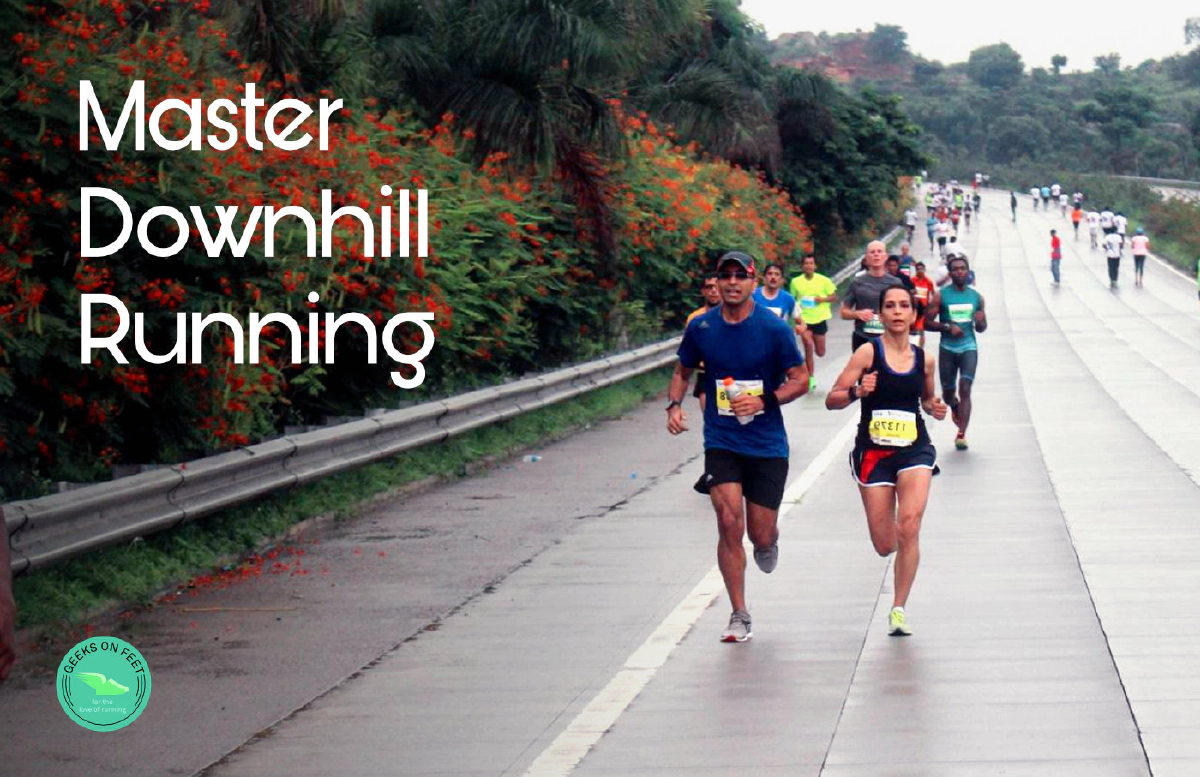
Running downhill is fun. Especially in races, we all look out for those downhill sections to cover up the time that was lost while tackling the uphills. But as most of us would have realized, it is not a zero-sum game. Despite the running feeling easy, downhills are hard on the lower body muscles, can crush them to the point of exhaustion, leaving nothing for the finish, and not to mention post-run DOMS.
Our muscles contract in two major ways
As runners, we experience eccentric contractions with every stride. This is much more prominent with downhills, because of the gravity. Downhill running adds a lot more work to quadriceps and calf muscles because of eccentric contractions. This is the primary reason why our muscles get crushed, and we experience post-run DOMS after downhill running.
Learning the technique and few running form changes help get better at downhill running. Here are a few things to practice, when running downhill.
Avoid Lean Back Assisted by gravity, our body tends to fall forward during the downhill. So it is natural that we tend to lean back to move the center of mass slightly behind. By doing so we create braking action, which reduces the pace. Unlike flat running, a slight bend from the hip, and lean forward can help to keep the center of mass lower and gives a better ability to take the shock without braking forces.
Arms out & elbows extended Keeping the arms out away from the body, and elbows extended slightly gives better ability to balance, thereby giving more control to navigate the downhills. This is especially useful when tackling uneven terrain.
Vary the Cadence When running steep downhill sections, varying the cadence helps with better control on the stride, and also offers better shock absorption. For example, when the slope is higher maintain the cadence same, but extend the stride to take advantage of the slope. Similarly, when the slope is minimal, increase the cadence.
Moderate the knee drive Unlike running in flat ground, not driving the knee up much helps with better control and better shock absorption. Since gravity assists the forward propulsion, moderating the knee drive conserves energy too.
Land on the midfoot Landing on the midfoot helps the absorb shock better, reducing the stress on knee and ankle joints.
Incorporating downhill running gradually and carefully in training is very useful even when running on flats. It not only helps to better our speed, but also improves our ability to handle intensity of the workouts.
Compiled by Team GeeksOnFeet for the love of running
If you are a running enthusiast, follow us on our social media channels @geeksonfeet on Twitter, and GeeksOnFeet on Instagram and Facebook for updates.